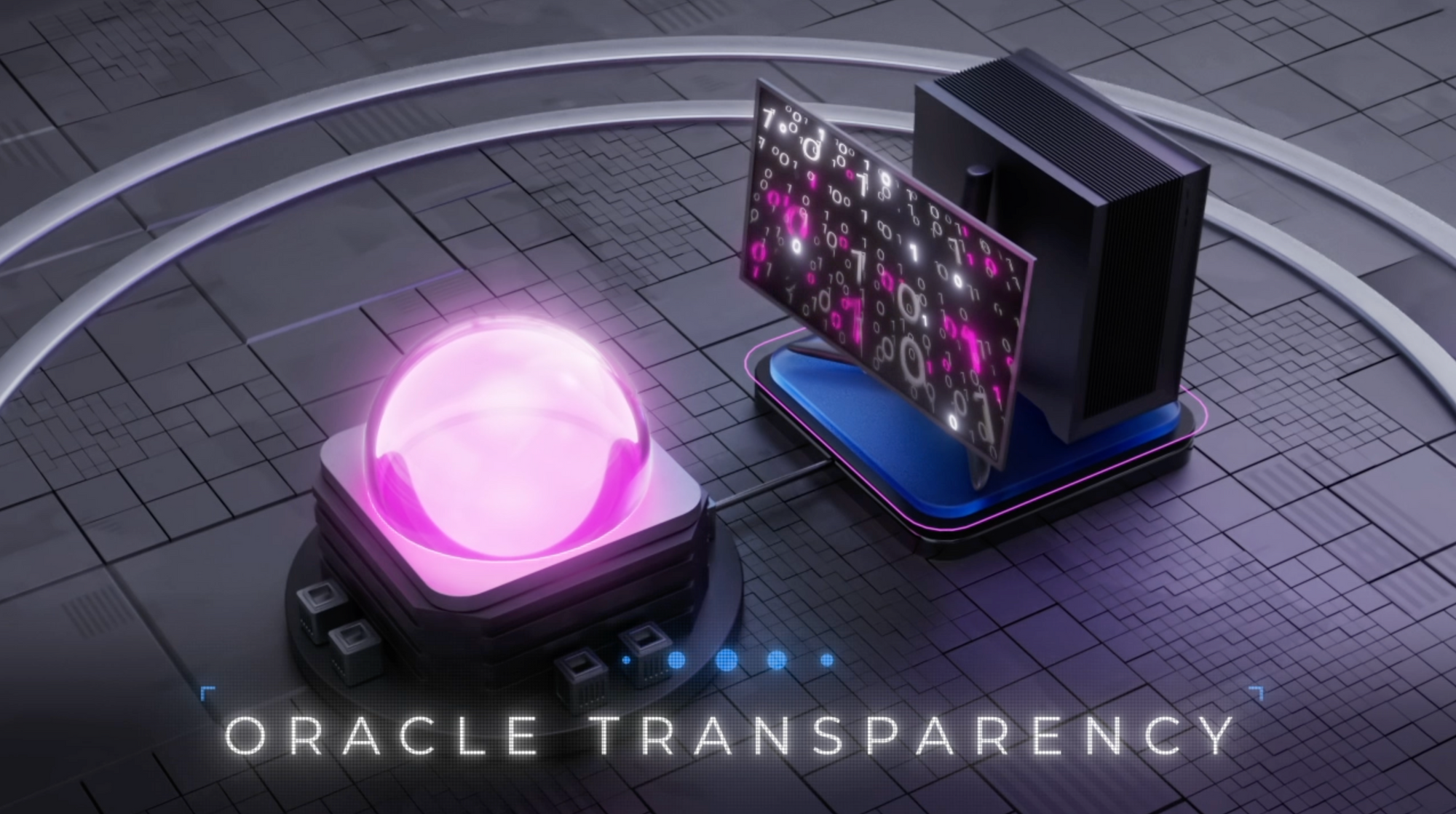Oracle Transparency

Oracles play a vital role in the crypto ecosystem by introducing external data into blockchain systems. The accuracy and trustworthiness of this data are paramount, and achieving this trust hinges on transparency. But what tangible benefits does this transparency offer to users and protocols?
Transparency: A vehicle for reliability
Transparency isn't just about openness; it's a vehicle for reliability and efficiency. When users and protocols are informed about the origins of data, they can more confidently make decisions based on that data. This knowledge eliminates the uncertainty that can lead to poor strategic choices or missed opportunities in the fast-paced crypto market.
Understanding how the data is managed and processed is equally critical. For users, this means that the value of their investments or trades is based on solid, trustworthy data. For protocols, clarity in data processing ensures that operations run smoothly, reducing the risk of errors that could compromise system integrity.
Furthermore, insight into who is aggregating the data and their methodology acts as a defence against potential data manipulation. In a decentralized space where single points of control are avoided, knowing that keepers are involved in data aggregation strengthens the network's resilience against false information.
While users may not always directly bear the costs associated with oracles, understanding the fee structures provides clarity on the overall operations of a protocol. For protocols themselves, transparent operations often correlate with cost-effectiveness, ensuring they remain competitive in a fast market.
The Challenges for current Oracles
However, current Oracle solutions often fall short. While some might offer a glimpse into who's involved in data aggregation, they frequently lack in-depth details about data collection and processing methods. This obscurity can hamper developers in troubleshooting and optimizing the system, directly affecting user experience and protocol efficiency.
What Transparency Should Look Like
Entangle aims to resolve the current issues developed from traditional solutions. By providing a comprehensive view of the Oracle process, it ensures that both users and protocols have the information they need. Users can be more informed and confident, benefiting from transparent fee structures and clear data sources. Protocols, on the other hand, can streamline operations with reliable data sources which can be chosen on their own when hiring Keepers.
Conclusion
As Web3 continues its expansive growth, the emphasis on transparent and reliable data sources becomes crucial to unlocking a new layer of liquidity, made possible by establishing trust with integrated protocols. With pioneering solutions like Entangle stepping up, the decentralized world is positioned to be more informed and efficient. These transparent approaches not only strengthen trust across ecosystems but also act as safeguards against the loss of unnecessary loss of funds.